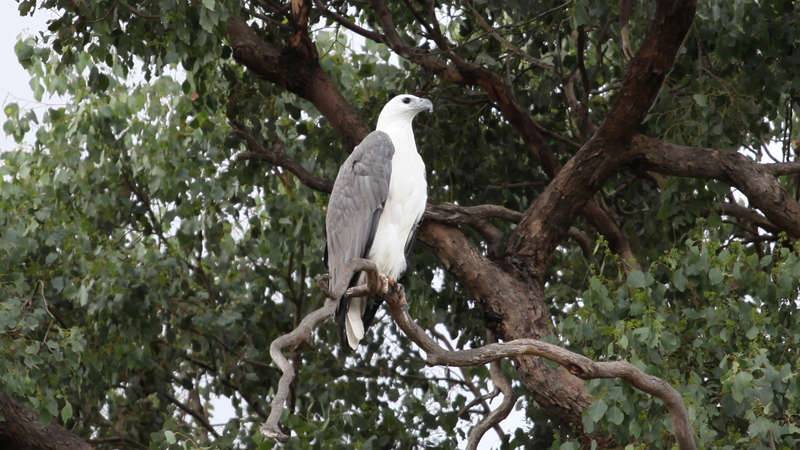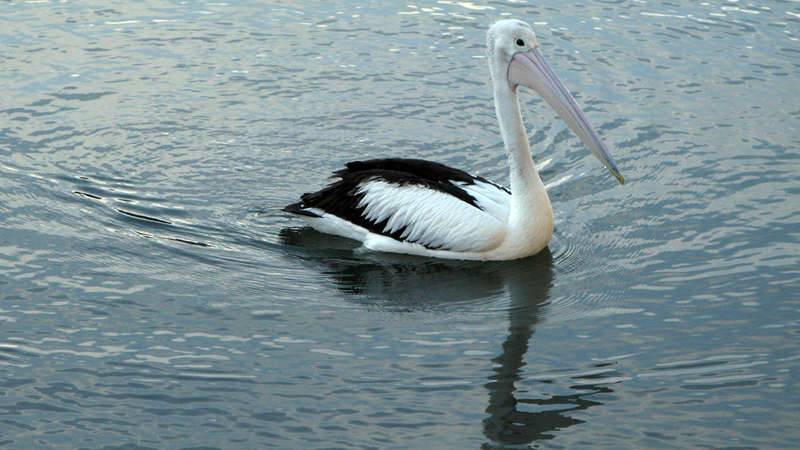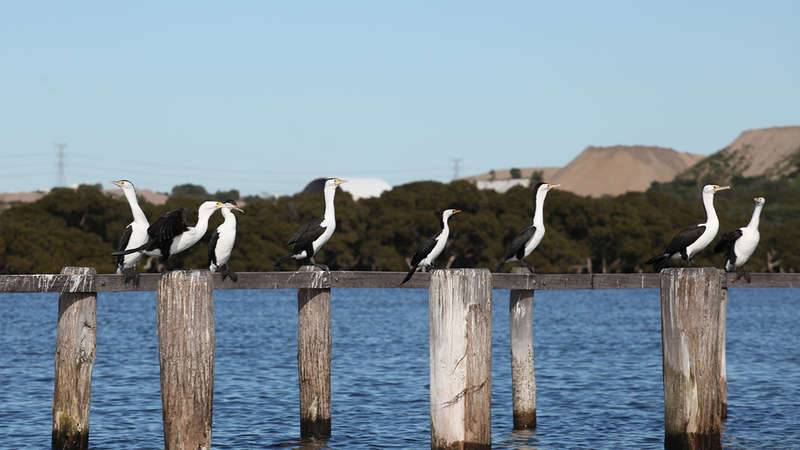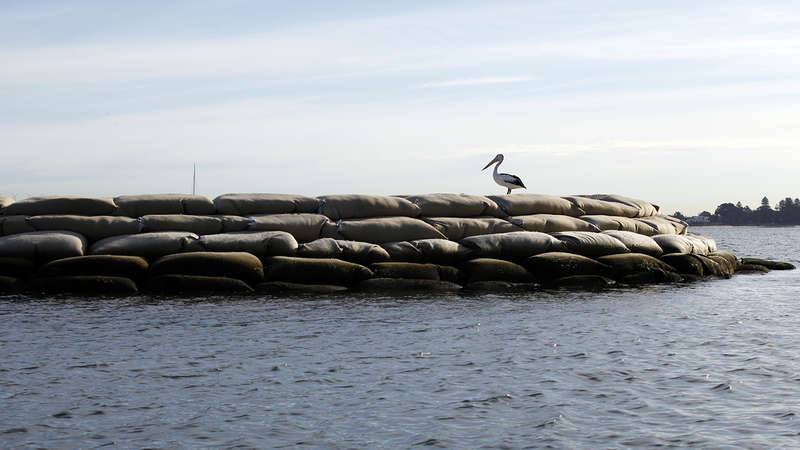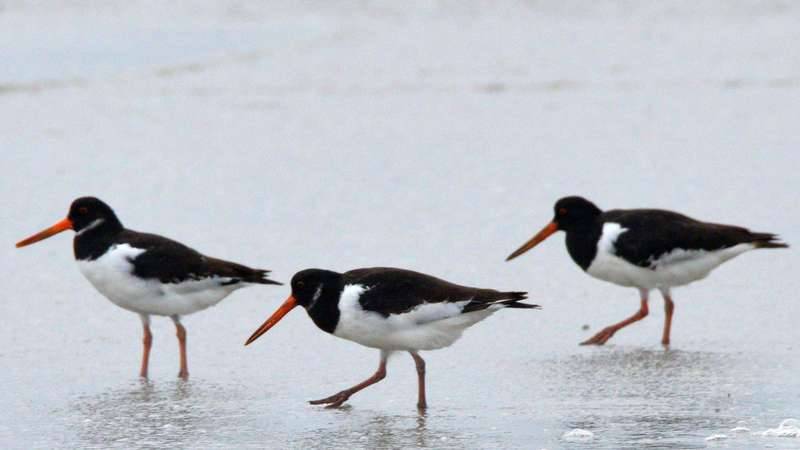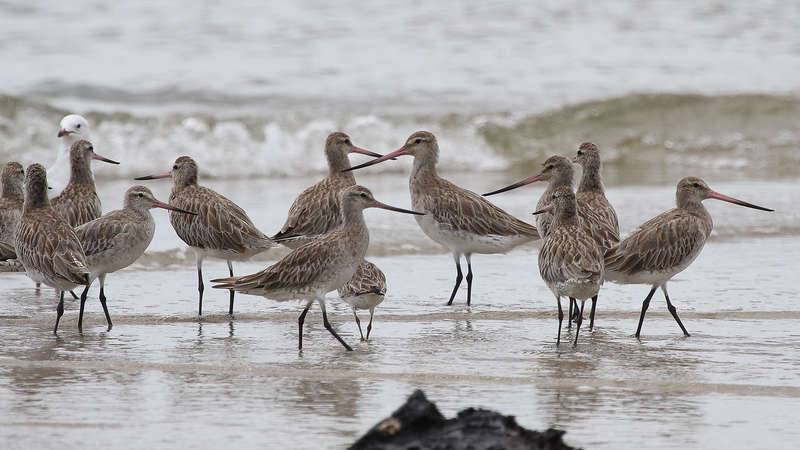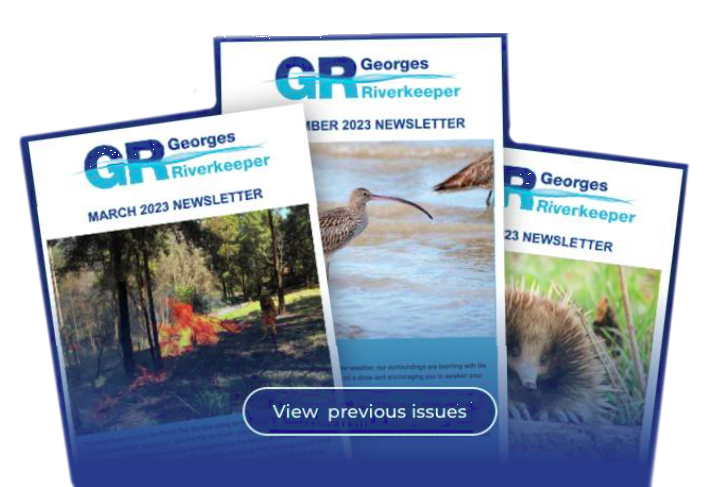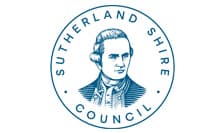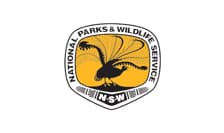Seabirds are the most conspicuous life form inhabiting estuaries. Seabirds are defined as any species of bird which spends a substantial part of it's life foraging and breeding in the marine environment.
The Georges River estuary serves as a temporary rest stop for numerous bird species travelling along the extensive East Asian-Australasian flyway. This flyway encompasses breeding and foraging grounds stretching from Siberia, North China, Alaska, and Japan to Australia.
Within estuaries, shallow water habitats are particularly beneficial for wading birds, also known as shorebirds. Species such as eastern curlew, bar-tailed godwit, dusky moorhens, striated herons, little terns, white-faced herons, and various cormorants rely on these staging points to replenish their energy during migration.
Towra Point wetlands offer a diverse range of saltwater and freshwater habitats, including seagrass, mudflats, saltmarsh, mangroves, freshwater wetlands, and sandbars.
Wading birds primarily feed on small fish, crustaceans, worms, and molluscs, contributing significant nutrients back into the ecosystem. Many of these birds are migratory and are protected under international agreements for migratory bird conservation.
Towra Point Nature Reserve contributes to the China-Australia Migratory Bird Agreement, aimed at minimising harm to key areas crucial for feeding, nesting, roosting, and staging.
Data on the populations of migratory and resident seabirds are vital for assessing the significance of estuaries and providing early warnings of population declines.
Unfortunately, shorebird populations have dramatically decreased in recent years, across all species, due to habitat loss and ecosystem destruction. Eastern curlews are now classified as critically endangered, with an 80% decline in the past 30 years. Bar-tailed godwits are considered vulnerable, while pied oystercatchers are endangered, with fewer than 200 nesting pairs estimated across all of New South Wales.

